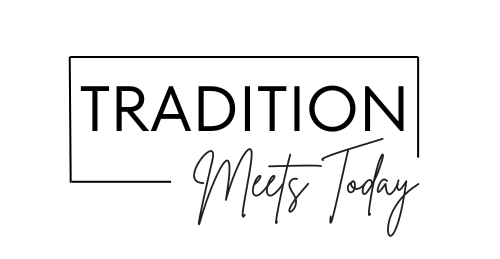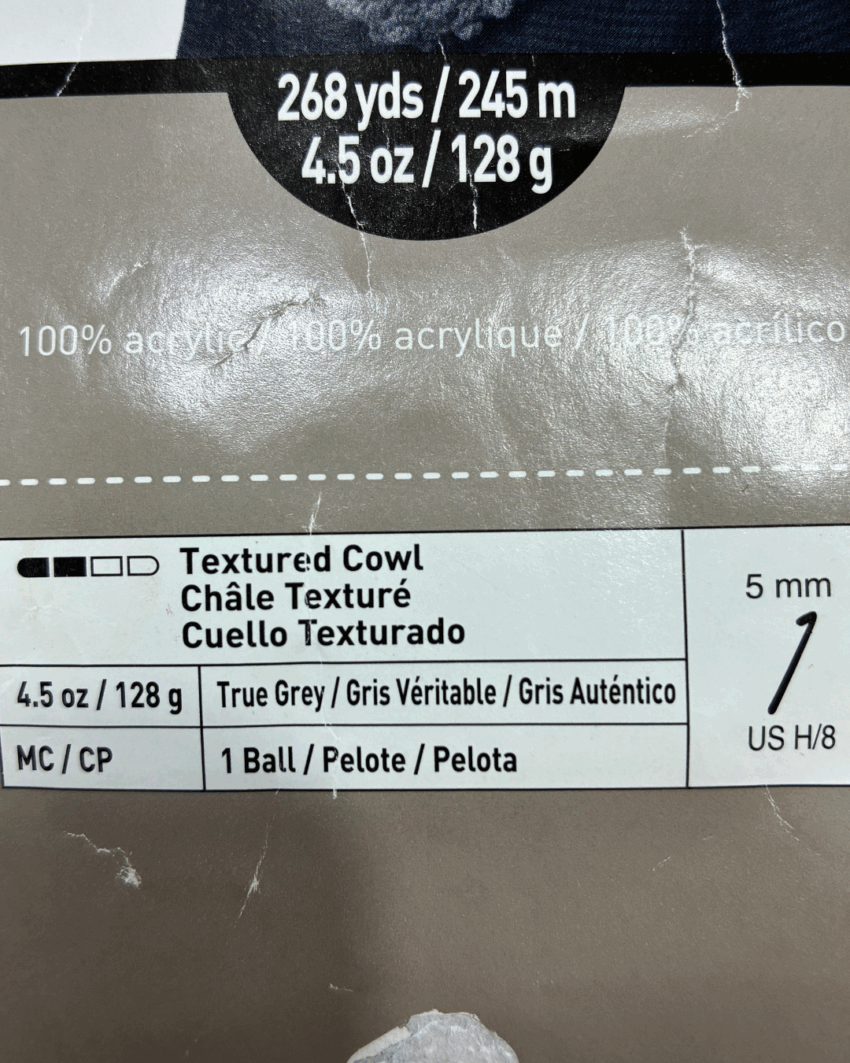Ok, so, time to buy some yarn. This is the fun part! All the pretty colors and textures…nothing more fun than that in my opinion.
With all of the choices, how do you figure out which yarn to buy? Which type of yarn would work best? How much might you need?
The good news is that the yarn label has a lot of those answers. Let’s take a look at the label and see what kind of information it holds.
One of the first things you will see is how much yarn is in a skein. In the US, this is generally given in both ounces and grams. We see in our picture here that this skein has ounces, or 128 grams of yarn. It also tells us the suggested hook size (or knitting needle size) for this yarn. This is just a suggestion though, so if you tend to work tighter or looser, you may need to change this. You also may be using a pattern that suggests another hook size. That’s totally fine, this is just a starting point. Some yarn labels also give you an estimated length of the yarn in it, but in my experience, not all of them include this information.

We’ll also see the fiber content of the yarn. These days the average skein of yarn tends to be 100% acrylic, as in our example label. But this is definitely not the only type of yarn available! You may see wool, bamboo, rayon, cotton, alpaca, silk, or other fiber types, in all sorts of combinations. Whenever you go to purchase yarn, spend some time looking at the different labels and feeling the yarn to see how you like the feel. You’ll start to notice the difference and develop a preference as you gain experience.
Somewhere on the label you will find the color name. And honestly, the color name is a good starting point, but what you are really going to look for is the dye lot number. You might think that just because there are 4 skeins all labeled with the same name, they will be exactly the same color. Not necessarily! When yarn is dyed, there can be small variations within each batch. Not enough to call it a completely different color, but enough that it could potentially be noticeable if you grabbed a couple skeins without checking. It might not matter in some projects, but in others it can be a big deal to have different shades of the same color. So always check the dye lots to be sure they are the same if you are using multiple skeins of the same color.

The last major thing to notice is the weight of the yarn. This is depicted in several different ways, but in the US, the most common way is by numbers. The larger the number, the more bulky and large the yarn is. Most yarn tends to be a medium weight, and will probably be a 4. This is good for most projects, especially beginning projects.
Washing and care instructions are also included on the label, along with company information such as who distributes the yarn. That’s a lot of information on a little label! Some labels may have more information, or different layouts, or variations on this, but this is a place for you to start from. A lot of yarn labels also have a free pattern on the back side, so check for that too. What’s something new you learned today?

